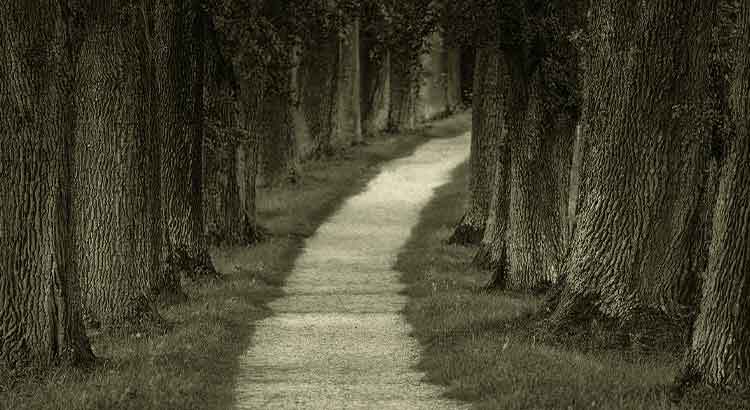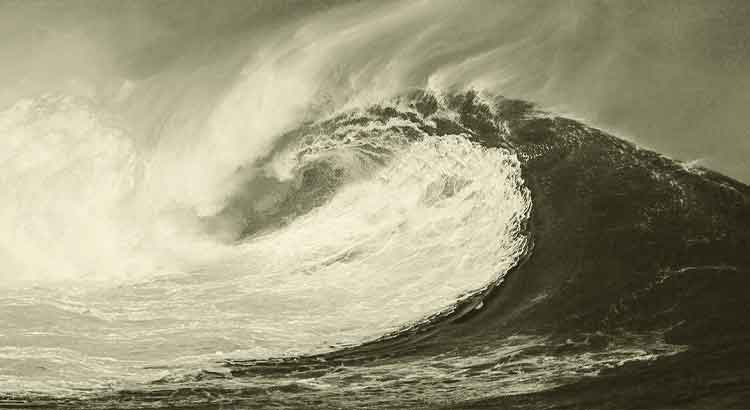The audience’s reactions to a play teach about art. The audience, usually assaulted at the end of the last act and immediately after the assault, is entitled to reply. Then the booing, the improprieties and the like echo. We say, of course, of the spontaneous audience — sincere, wild — and in first contact with the play. A play already performed, or before, an audience that knows the climax of the drama acts oppositely: it comes to the theater to analyze performances and decides to applaud. The curious thing is that, in life, the great playwrights do not usually produce under the stimulus of applause; and the audience, which is usually the conductor of criticism, contributes to his execution. Thus, we see art as forcing the artist’s autonomy by throwing him against the majority. It seems to ask him: “Are you capable of moving forward, contrary to everyone?”. The question does not give way to evasions: art seems to demand independence and resolution.
____________
Read more:



